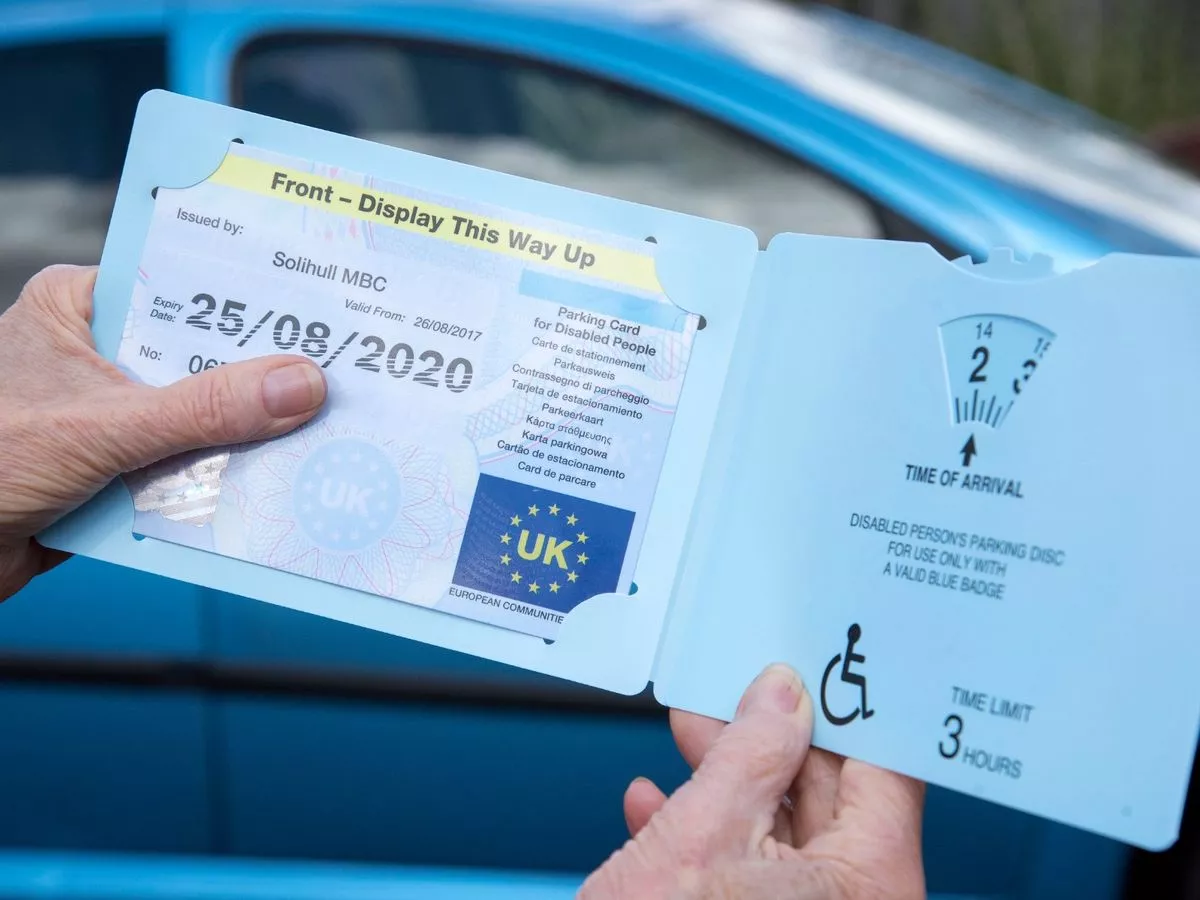If you are a UK Blue Badge holder planning a trip to Norway, you may be wondering whether your badge is recognised and how to use it effectively.
Norway is known for its accessibility and well-structured parking facilities for disabled individuals. However, unlike some EU countries, Norway has specific regulations for foreign Blue Badge holders that you need to be aware of before travelling.
Is the UK Blue Badge Recognised in Norway?
Yes, Norway recognises the UK Blue Badge, but there are additional requirements for foreign badge holders. Unlike in some other European countries, you may need to apply for a temporary Norwegian disabled parking permit upon arrival.
Since regulations can vary by municipality, it is highly recommended that you contact local Norwegian traffic authorities before your visit to confirm if any specific registration is needed.
For a general guide on how to apply for a UK Blue Badge, visit How to Apply for a Blue Badge Online.
How to Use Your Blue Badge in Norway
To use your UK Blue Badge effectively in Norway, follow these key guidelines:
- Apply for a temporary Norwegian disabled parking permit: This is often required for foreign visitors.
- Display your permit clearly: Place it on the dashboard with the wheelchair symbol visible.
- Check local parking regulations: Rules can vary by municipality.
- Use designated disabled parking spaces: These are marked with the wheelchair symbol.
- Be aware of time restrictions: Some locations require a parking disc to indicate arrival time.
Where Can You Park with a Blue Badge in Norway?
Blue Badge holders in Norway can generally park in the following locations:
- Designated disabled parking spaces near public buildings and shopping areas.
- On-street parking zones, where some municipalities offer free or extended parking periods.
- Public car parks with priority parking for disabled users.
- In some pedestrian zones where vehicle access is permitted for badge holders.
To avoid fines, always check local signage. Different cities may impose unique parking regulations. For updated rules, see What Are the New Rules for a Blue Badge?.
Do You Need an Additional Permit in Norway?
Yes, in most cases, you will need to apply for a temporary Norwegian disabled parking permit. The process is generally straightforward and can be done at local municipal offices or traffic authorities.
To apply, you typically need:
- A copy of your UK Blue Badge.
- Personal identification, such as a passport or driving licence.
- Proof of your stay in Norway.
For information about renewing your Blue Badge before travelling, visit How to Renew a Blue Badge.
Public Transport Accessibility in Norway
Norway provides excellent accessibility for disabled travellers, including:
- Trains: Most trains operated by Vy (Norwegian State Railways) offer step-free access and assistance services.
- Buses: Many public buses have low-floor access and wheelchair spaces.
- Trams and Metro: Oslo and other major cities have accessible tram and metro networks.
- Taxis: Some Norwegian taxi companies offer wheelchair-accessible vehicles upon request.
Parking Restrictions for Blue Badge Holders in Norway
Despite the benefits available, Blue Badge holders must adhere to specific parking restrictions in Norway:
- Parking in emergency lanes is strictly prohibited.
- Private parking garages may have their own rules regarding disabled parking.
- Some residential areas require additional local permits.
- Fines for parking violations can be substantial, so always check local regulations.

